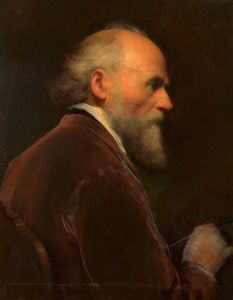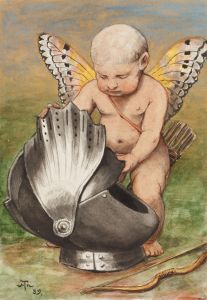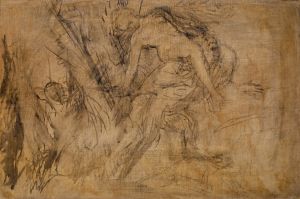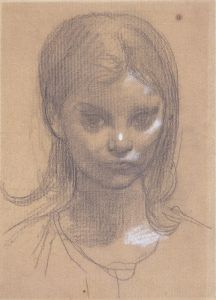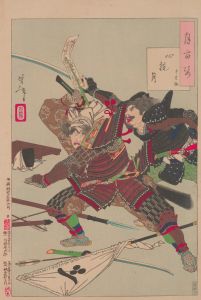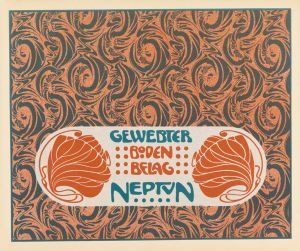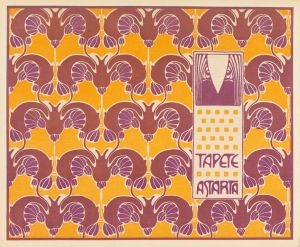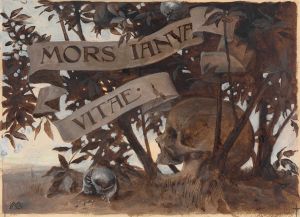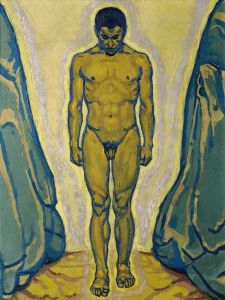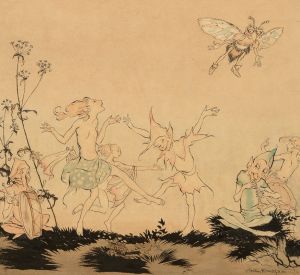
Allegorie Jüngling
A hand-painted replica of Koloman Moser’s masterpiece Allegorie Jüngling, meticulously crafted by professional artists to capture the true essence of the original. Each piece is created with museum-quality canvas and rare mineral pigments, carefully painted by experienced artists with delicate brushstrokes and rich, layered colors to perfectly recreate the texture of the original artwork. Unlike machine-printed reproductions, this hand-painted version brings the painting to life, infused with the artist’s emotions and skill in every stroke. Whether for personal collection or home decoration, it instantly elevates the artistic atmosphere of any space.
Koloman Moser was a prominent Austrian artist and designer, known for his significant contributions to the Vienna Secession movement and the Wiener Werkstätte. Born in 1868 in Vienna, Moser was a versatile artist whose work spanned various mediums, including painting, graphic design, and applied arts. His style is characterized by a blend of traditional and modern elements, often incorporating geometric patterns and a distinct use of color.
One of Moser's notable works is "Allegorie Jüngling," which translates to "Allegory of Youth." This artwork reflects Moser's engagement with allegorical themes, a common practice among artists of the Vienna Secession, who sought to express deeper philosophical and symbolic meanings through their art. The Vienna Secession was an art movement founded in 1897 by a group of Austrian artists, including Gustav Klimt, who aimed to break away from the conservative art institutions of the time and promote a more modern and innovative approach to art.
"Allegorie Jüngling" exemplifies Moser's skill in combining figurative representation with decorative elements. The painting likely features a youthful male figure, as suggested by the title, surrounded by symbolic motifs that convey themes of vitality, growth, and the passage of time. Moser's use of color and form in this work would have been influenced by the Art Nouveau style, characterized by its organic lines and harmonious compositions.
Moser's involvement with the Wiener Werkstätte, a cooperative of artists and craftsmen, further highlights his commitment to integrating art into everyday life. The Wiener Werkstätte was founded in 1903 with the aim of producing high-quality, handcrafted objects that blurred the line between fine and applied arts. Moser's designs for the Wiener Werkstätte included furniture, textiles, and graphic works, all of which demonstrated his belief in the unity of art and design.
Throughout his career, Moser's work was marked by a constant exploration of new artistic possibilities. His contributions to the Vienna Secession and the Wiener Werkstätte had a lasting impact on the development of modern art and design in Austria and beyond. Moser's legacy is evident in the continued appreciation of his work, which remains influential in the fields of graphic design and decorative arts.
While specific details about "Allegorie Jüngling" may be limited, the painting is a testament to Moser's artistic vision and his ability to convey complex ideas through visual means. His work continues to be studied and admired for its innovative approach and its role in shaping the course of modern art in the early 20th century.





